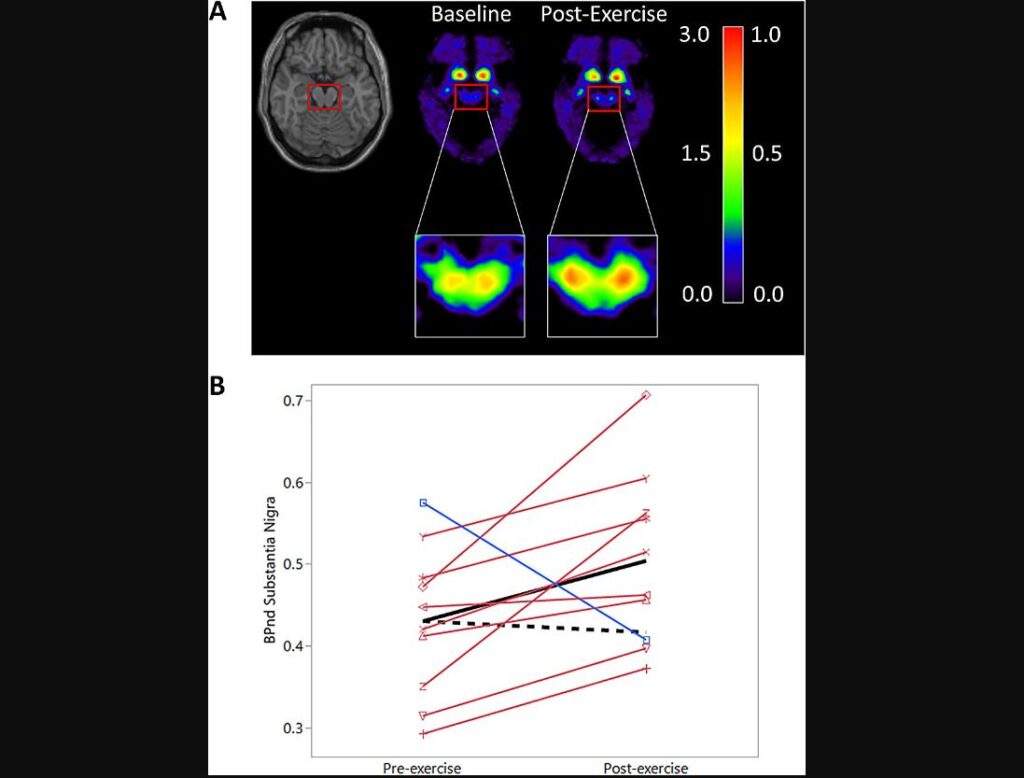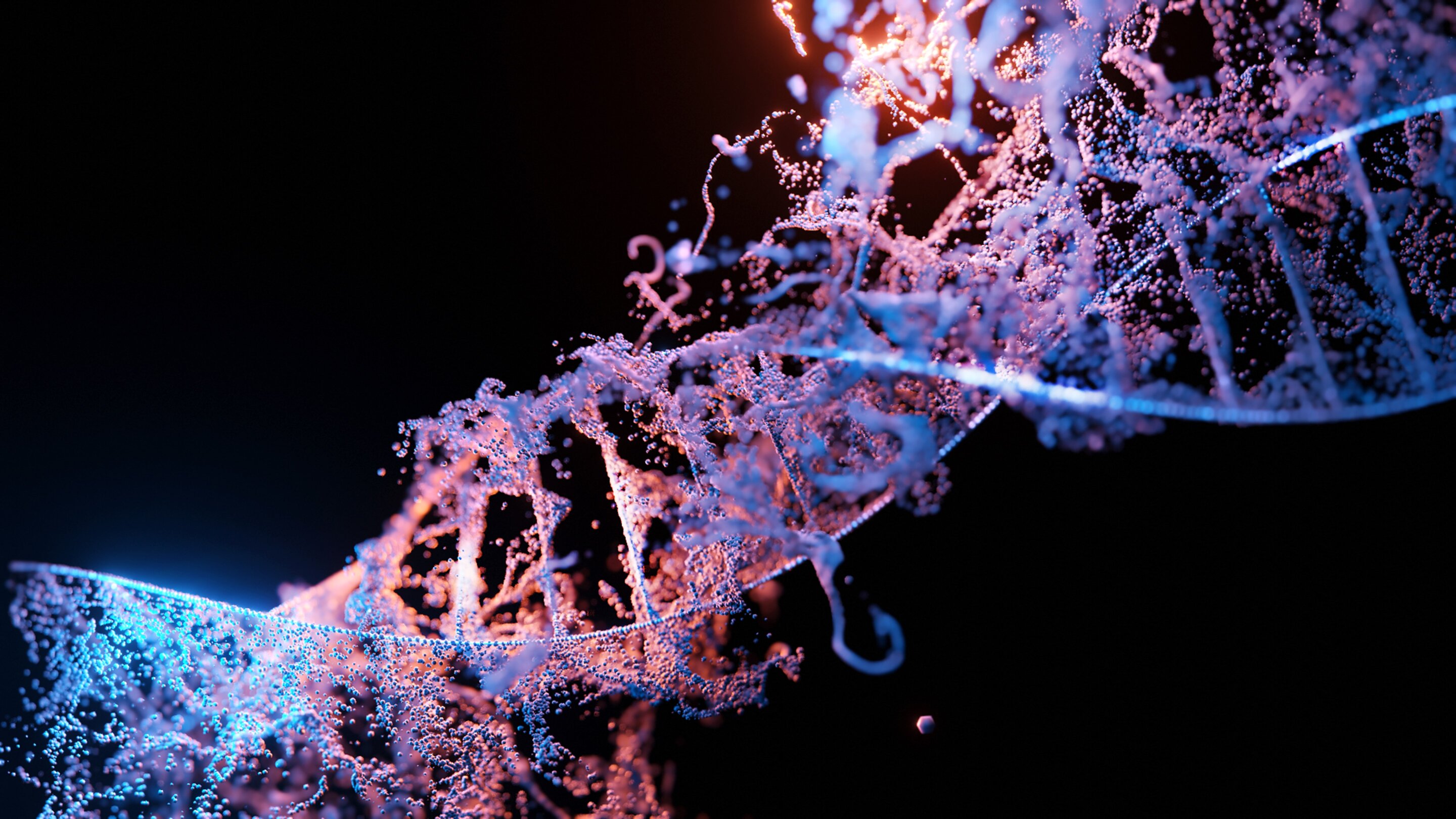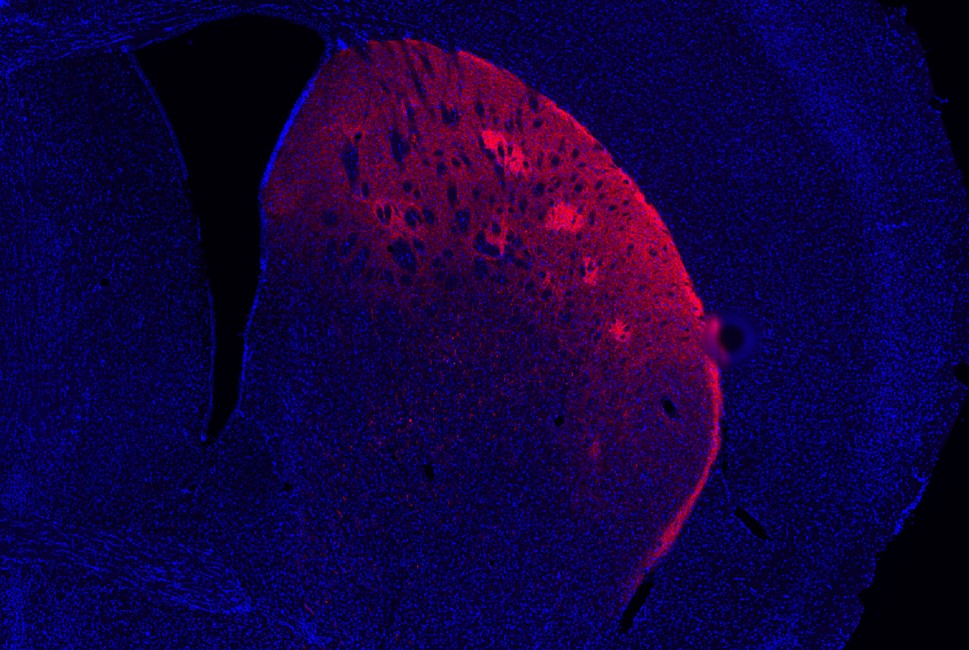
High-intensity exercise induces brain-protective effects that have the potential to not just slow down but possibly reverse the neurodegeneration associated with Parkinson’s disease, a new pilot ...
Read More

High-intensity exercise induces brain-protective effects that have the potential to not just slow down but possibly reverse the neurodegeneration associated with Parkinson’s disease, a new pilot ...
Read More
A previously unidentified genetic mutation in a small protein provides significant protection against Parkinson’s disease and offers a new direction for exploring potential treatments, according to a new USC Leonard Davis School of Gerontology study.
The variant, located in a mitochondrial microprotein dubbed SHLP2, was found to be highly protective against Parkinson’s disease; individuals with this mutation are half as likely to develop the disease as those who do not carry it. The variant form of the protein is relatively rare and is found primarily in people of European descent.
The findings appear in the journal Molecular Psychiatry.
First discovered by Pinchas Cohen at the USC Leonard Davis School in 2016, SHLP2 is made within the cell’s...
Read More
New study finds dopamine neurons are more diverse than previously thought. Although there is a long-standing, common assumption that most – if not all – dopamine neurons solely respond to rewards or reward-predicting cues, researchers instead discovered that one genetic subtype fires when the body moves and does not respond to rewards at all. The discovery could help explain why loss of dopamine neurons leads to Parkinson’s disease.
In a new Northwestern University-led study, researchers identified and recorded from three genetic subtypes of dopamine neurons in the midbrain region of a mouse model.
Although there is ...
Read More
Recent Comments